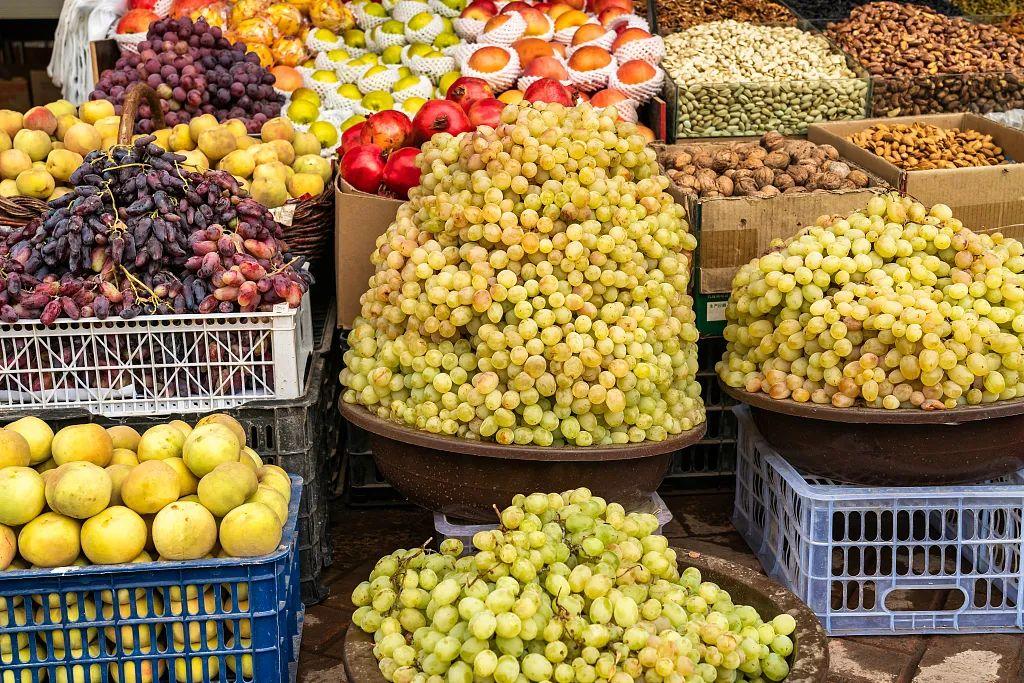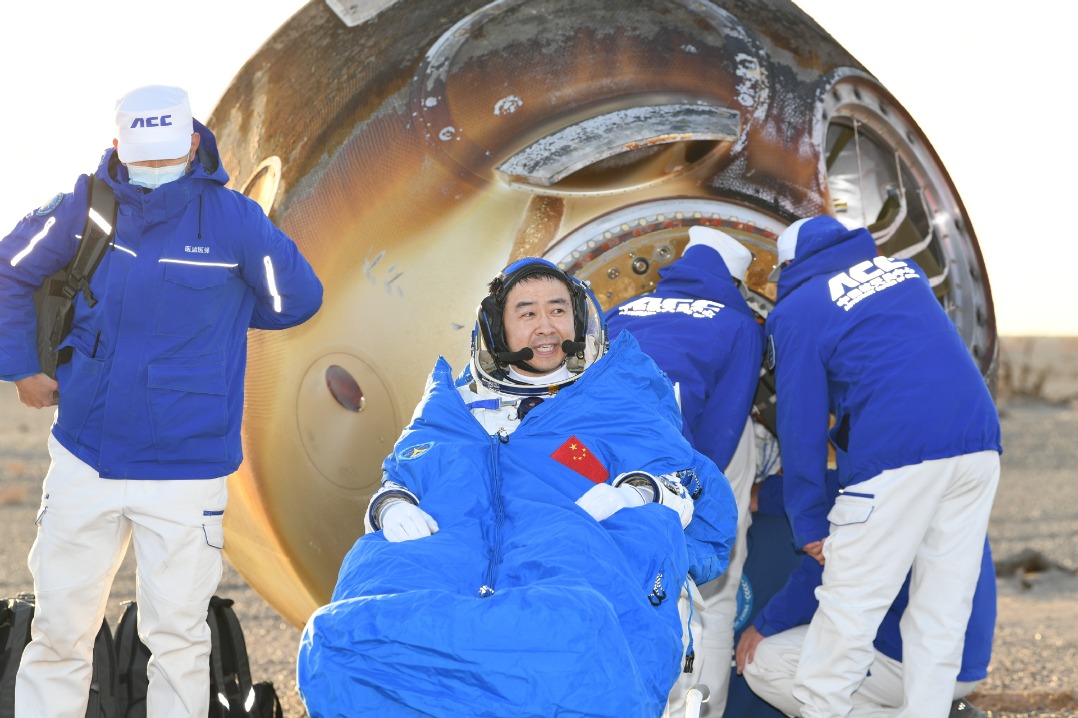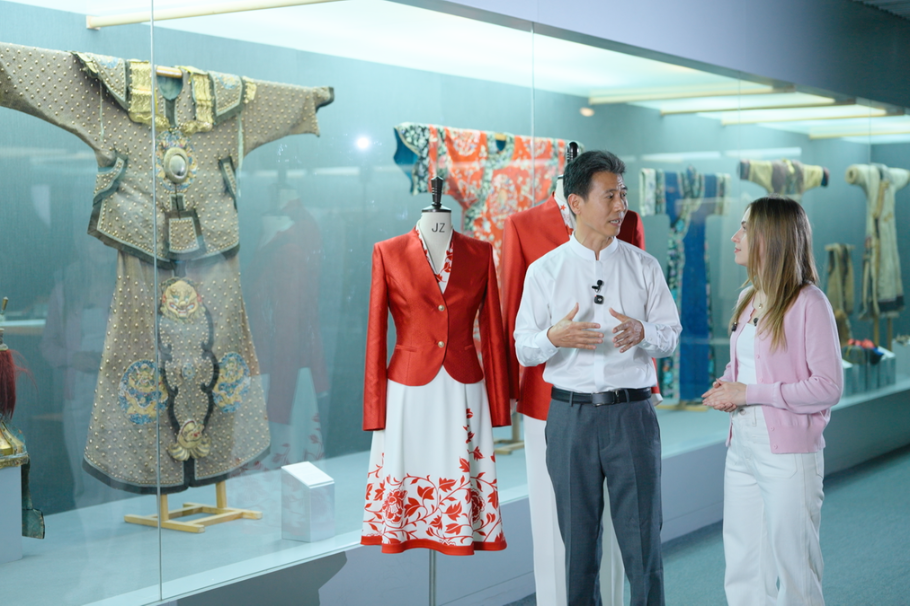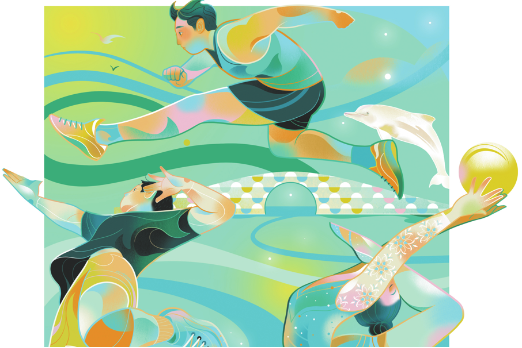A Trip to Kashi


Since first arriving in China at the end of August 2005, I have been to 31 provinces. Although I have been to some many times, my just-completed trip to Xinjiang Uyghur autonomous region was the first time I was able to go there. Unfortunately, other commitments prevented me from accepting three previous invitations, so I was extremely excited when I first had an opportunity to take a trip to Xinjiang as a foreign expert working at the Minzu University of China at the end of August 2022.
Prior to coming to China, I had no knowledge of anything to do with Xinjiang. Since arriving at the university, that began to change. Through students, colleagues and activities on campus I learned much. I learned, particularly, about cultural phenomena such as music, dance and food. I learned about the ethnic diversity with a great number of Chinese ethnic groups calling Xinjiang their home and about the great love that my students from there have for their home. Additionally, through reading, I learned about the success of the poverty alleviation program within various communities in Xinjiang.
At the same time, teaching about American society and culture, I pay attention to news from the US. This exposed me to substantial misinformation about China, particularly related to Xinjiang. Recognizing that misinformation about China was common, I knew that these allegations were not true, but I lacked first-hand exposure to Xinjiang, so I was particularly eager to go there.
The trip to Kashi and several counties under its administration jurisdiction began on August 26 with a flight from Beijing to Kashi with a 2-hour stopover in Urumqi. It ended on September 2 with a return flight from Kashi to Beijing, which required a detour to Tianjin because of a significant storm in Beijing that delayed our ability to land at the Capital International Airport. After a four-hour stay on the tarmac of the Tianjin airport, we were able to return home. With these flights as the bookends of our trip, I will convey some about our experience, activities and my impressions of the journey topically rather than chronologically.
In addition to visiting Kashi city, our trip included visiting several counties under the prefecture's jurisdiction, including Yecheng, Zepu, Shache, and Taxkorgan Tajik autonomous counties.

Exposure to local cultures
Interspersed between other activities, we had the opportunity to learn about the diversity of cultures in the area. Through visits to the Kashi Folk Music Instruments Village, Yerqiang River Folk Culture Museum, the Id Kah Mosque, the Twelve Muqam Cultural Inheritance Center, the Dawazi Art Center, and several exhibitions at Kashi University we were exposed to, educated about and/or entertained by singing, dancing, painting, the making of and performance on local, particularly Uyghur instruments.
The heading of this section refers to "cultures" vs. "culture". Throughout our visit we visited areas largely inhabited by Uyghur, Kirgiz or Tajik people, which also included many Han. This exposed us to different languages as well as a variety of clothing. And wherever we went, our multinational group was warmly welcomed.
Learning about history
The Yerqiang River Folk Culture Museum provided us with a clear opportunity to understand the history of Kashi, a history that includes the presence of many different ethnic groups, including Han, Uyghur and others. Similarly, the Zoroastrianism ruins and Stone City exposed us to more history.

Seeing beautiful scenery
As our trip involved a substantial amount of time on small buses, we had plenty of time to see our surroundings. Perhaps the most impressive of this was our ride along the Panlong Ancient Road. After the bus we were riding on was too big to carefully maneuver the road with more than 600 bends, local officials arranged for four cars to get us over the road safely.
An added bonus on this trip on this road, we encountered a 55-year-old woman from Henan province who was riding her bike over the mountain. Speaking with her, we learned that she had been riding around China for the past 10 years, and this trip had taken her 25 days to get from Urumqi to Kashi. She was happy to talk with us about her substantial feat.
Learning about education
During our trip, we were also able to learn about education in different parts of Kashi. Our first exposure was a kindergarten within one of the development areas, which was established as part of the poverty alleviation campaign. We saw clean, well-equipped and organized facilities and spoke with the principal of the school, who explained that students have two teachers in the room – one teaches in Chinese and the other in Uyghur, exposing all students, Uyghur, Han and others to both languages.
Our last full-day brought us to a beautiful, and quite large, campus of Kashi University. This is one of three campuses of the university. We saw three beautiful exhibits each in separate buildings. One, in the building of the Sinology Institute, explained the teachings of Confucius and other ancient philosophers and included materials on the important roles played by Chinese minorities to the development of the country. Another exhibit had a large number of different animal species, both from China and around the world. The process of preserving the animals was all done by students who were trained in this at the university. A third exhibition included posts of artwork produced in the area by the famous Chinese artist Huang Zhou. I was unfamiliar with his work but seeing it inspired me to plan a visit to see the originals, which are housed at the Yan Huang Art Museum in Beijing.
At Kashi University, we were also able to visit a building that focused on intangible cultural heritage. In this building on an extra-curricular basis, students could learn Chinese chess, guzheng, the Chinese tea ceremony, Chinese dance, including minority dancing, and ink painting and calligraphy.
Our visit to the university ended with a dinner with university leaders. In addition to another delicious meal, we had the opportunity for more serious discussion about both the university and economic development of the area. We learned that for the first time the university has enrolled 30 foreign students, all from central and southeast Asian countries, and will be increasing the enrollment of students from outside of China in subsequent years.

Eating delicious food
Obviously from years of teaching at the Minzu and living in the neighborhood of the campus for many years, I have had and taken many opportunities to eat food from Xinjiang. While I have enjoyed, and will continue to enjoy, that food in Beijing, I found the dishes, both familiar and unfamiliar, quite delicious. A particularly special feature of the food during our trip was that abundant quantities of local fruit that was found on our tables. Several varieties of melons, different types of fresh grapes, dates, figs, apples, peaches and plums were all fresh and refreshing. Similarly different types of raisins and nuts were also common. Walnuts, cashews, almonds and pine nuts were ever-present.
Protecting the Uyghur language
Learning the truth of the myth promulgated in the West about the destruction of Uyghur language and culture. At the Minzu, I have met both students studying Uyghur language and literature as well as teachers in that field, so I already had a clear understanding that efforts were in fact being made to promulgate the language and culture, so I fundamentally knew that this was not true. Our trip helped to reinforce that understanding. I have already spoken about our frequent exposure to Uyghur music, dancing and artwork and about the kindergarten children being taught in Chinese and Uyghur, but there is another matter related to this that I would like to address. Throughout our tour of the various areas the majority of signage of traffic signs, business signs, advertising were written both in Chinese and in Uyghur. It is clearly impossible to understand how a language can be destroyed under these circumstances. It is exactly the opposite of what happened in the US with Native peoples, Canada with First Nations peoples, Australia with Aboriginal peoples or New Zealand with the Maori, all of whom were forcefully punished throughout history for speaking their native languages.
Understanding poverty alleviation of China
There is one final point that I would like to speak about. Although I am speaking about it last, frankly, I believe it could easily be placed in first place on my list as it certainly is of great importance. That is the opportunity to see the work done under the unprecedented and highly successful poverty alleviation campaign.
I have learned about poverty alleviation in China. I have spoken in interviews, academic and even government conferences about poverty alleviation, and it was clear to me that the entire approach to addressing the problem of poverty was dramatically different from what efforts have been undertaken in my own country. The major US campaign in the 1960s, which was euphemistically referred by as the "War on Poverty", was often called by those whom it was allegedly aimed to help as "The War on the Poor". But reading about this difference is not the same as seeing it which I and my colleagues were able to do during this trip.
We had the opportunity to visit the home of one local Uyghur family. We were first invited to share tea and fruit and nuts and freshly cooked nang in an outdoor patio. While eating we were able to learn about the significant subsidies that were given to her family and others in her community to build their homes. Looking above our heads we could see a lattice roof covered with grape vines holding many large bunches of green grapes. There were further subsidies for finishing the patio, for building the lattice and for growing the grapes. Touring the house after our snack, we saw a modern 3-bedroom home beautifully decorated with traditional Uyghur carpets and other decorations. I should note that our hostess spoke with great praise about the government’s poverty alleviation measures.
In Yecheng county, we saw additional products of poverty alleviation. Although our plan to visit a cement factory was aborted as we had arrived too late, we saw the community in which people now lived. Specifically, we visited the homes of two residents of the community, both of whom shared the fact that floods had destroyed their previous homes. Again, the government provided significant subsidies that enabled them to build new homes, which they liked very much. And, once again, the latticed roofs of their patios were rich with grapes and both the roofs and the grapes were also subsidized. While in our first home-visit we were hosted by a woman, here the two homes we visited, we were hosted by men, one a seller of used cars and the other a taxi driver. And once again, we were welcomed with fruit. Both of these Uyghur men spoke of how much more comfortable their lives were now thanks to the work of the poverty alleviation program.
In Shache, we were able to visit the partially-completed Old City Renovation Site where customers were able to visit cleaner and more modern stores, which maintain the character of the old city while holding on to traditional features. Shache also offered us the chance to see the Agricultural Scientific Industrial Park where desert land has been turned into a virtual oasis where crops are grown, some in open fields and some in greenhouses. Residents renting one or more greenhouses are provided free training by experts who are sent from urban areas. As a result, the profits from their investments yield profits equaling 3-4 times what they invested. Also, anyone who rents a greenhouse is also provided a free apartment in one of the several multi-story modern apartment buildings within the Industrial Park. There are no outside owners as the owners are those who work and live there.
As you can see, our visit was quite busy and exposed us to many people and places, and as I said in the beginning, it was both entertaining and educational. To that, I must add that it was also quite inspiring and something that I greatly appreciate the chance to do.
In conclusion, I would welcome the opportunity to visit other places in Xinjiang or other parts of China to be able to spread the truth about what China is doing to improve the lives of its people.
The author is Mark H. Levine, professor at the Minzu University of China.
The views don't necessarily reflect those of China Daily.


































